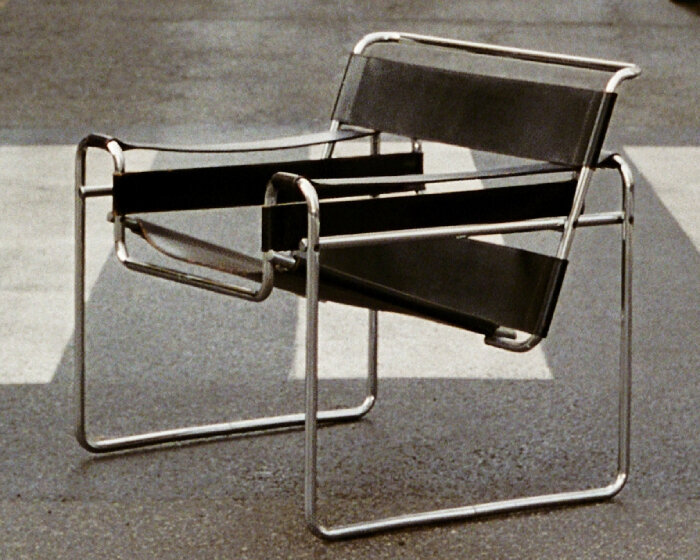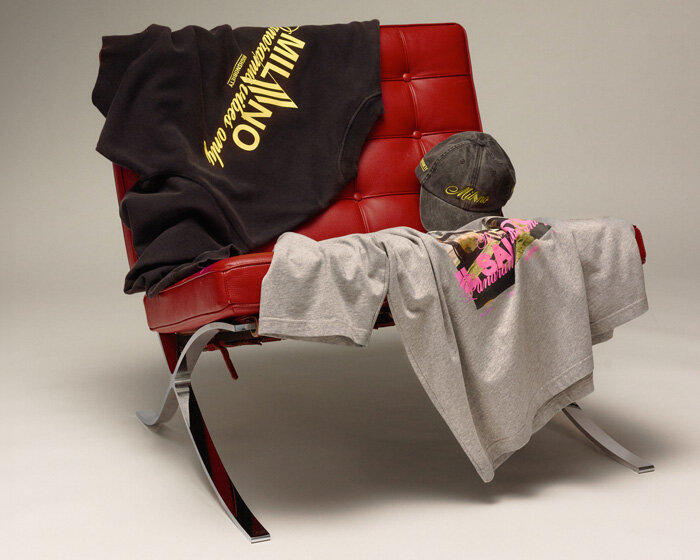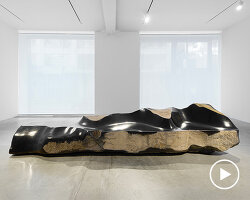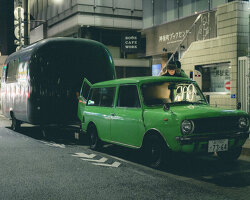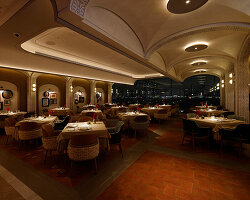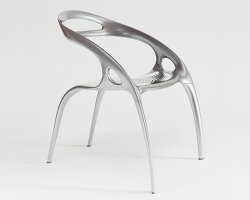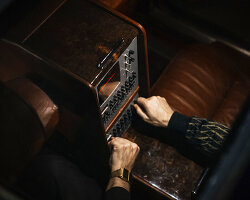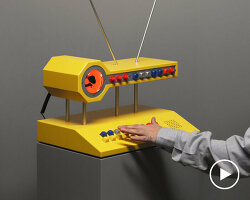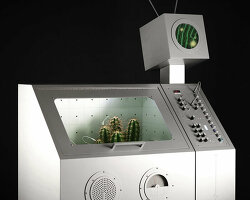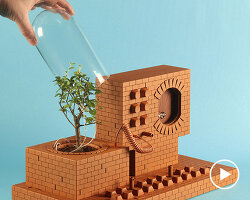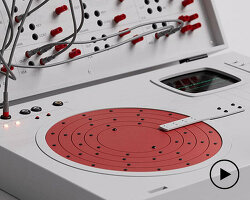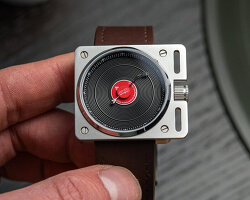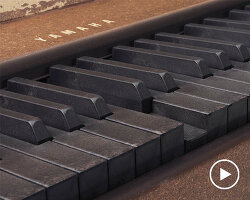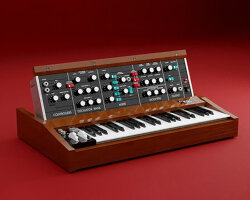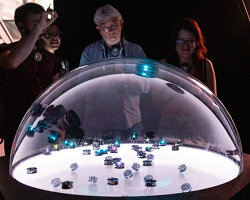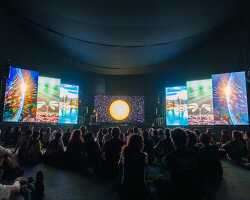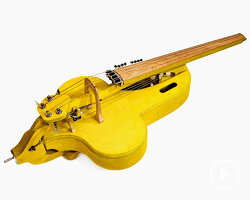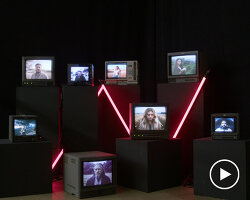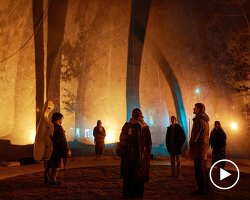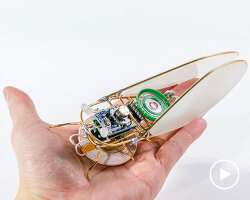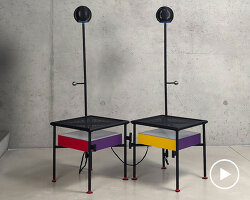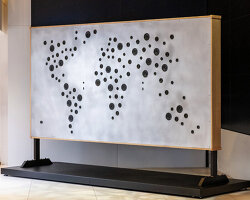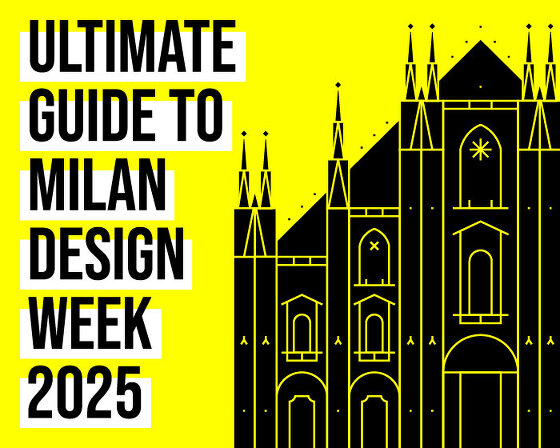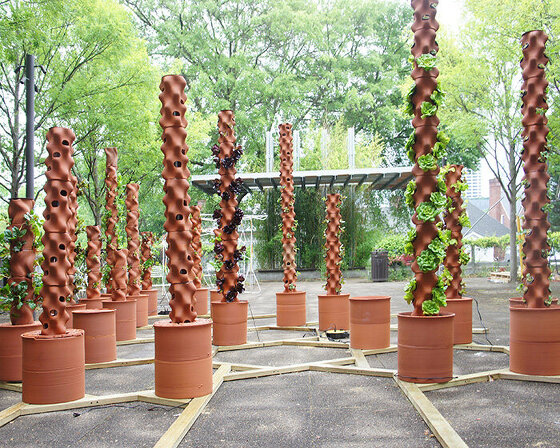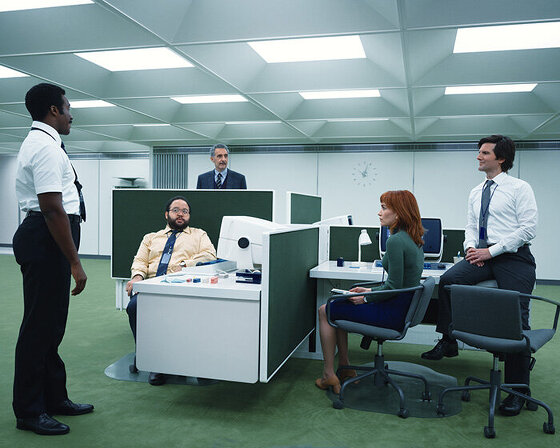a closer look at love hultén’s audiovisual contraptions
From a music box that filters marbles as it whirs, to a synthesizer animated by 25 sets of plastic teeth, Love Hultén’s whimsical contraptions are a glimpse into his fascination with retro-futurism, sci-fi, and the handmade. With a childhood marked by joyful memories of hours spent at the arcade and quiet moments dismantling electronics to uncover their secrets, Hultén’s works present ‘a personalized view of the world, via objects’, he tells designboom during our interview.
The Swedish audiovisual artist’s journey began with a curiosity for the inner workings of technology, yet it was during his formative years studying design that he stumbled upon a new love: wood. ‘I started to experiment with audiovisual contraptions combining traditional craftsmanship with modern technology, and found my niche,’ he shares. Finding solace in the warmth and versatility of the natural material, he has since explored playful zany yet understated expressions across his synths, game consoles, and more. Most notably, in an era of digital fabrication and a landscape dominated by screens and interfaces, Hultén’s practice remains quaint, considered, tactile, and thoughtful. Converging analog with electronic, each of his bespoke creations eschew the monotony of mass production, embracing creative individuality to produce works that he hopes will withstand the test of time.
At the upcoming Sónar+D festival, designboom will present Love Hultén’s Sebastian, the MIDI crab, and Tegel, a nature-inspired works that translate biodata from organic material into audio, while unveiling a brand new piece created especially for the occasion. Ahead of the exhibition, we spoke to the artist to learn more about his aesthetic inspirations, his fusion of woodworking and electronics, his views on the importance of tactility in the digital age, and more. Read the full conversation below.
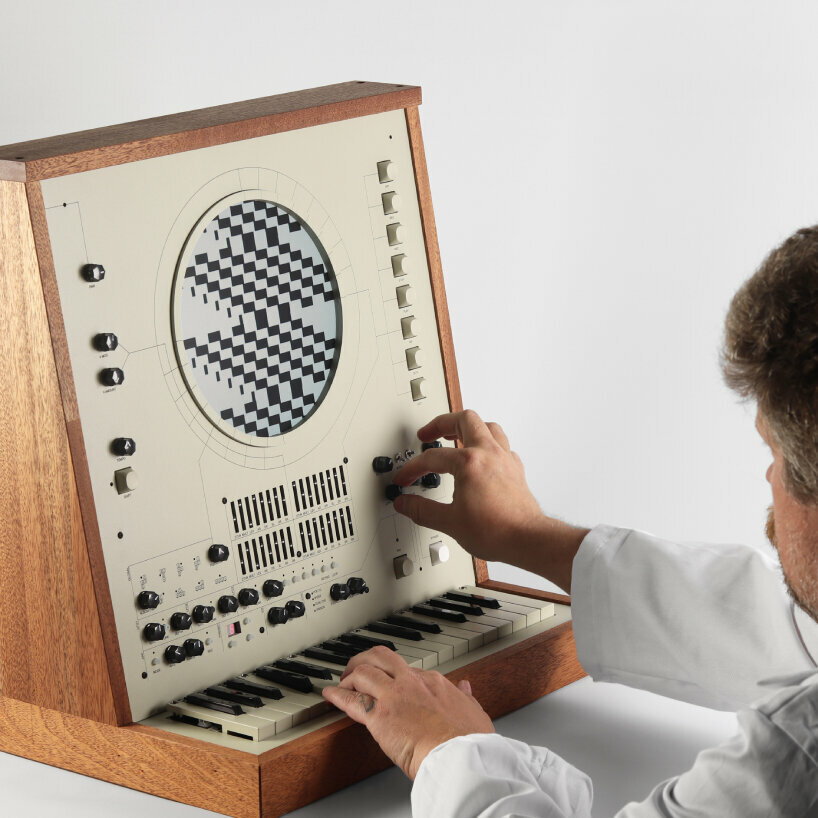
all images courtesy of Love Hultén
interview with the artist: bridging woodworking & electronics
designboom (DB): What sparked your fascination with woodworking and electronics, and how did you begin to intertwine these two mediums?
Love Hultén (LH): As a young boy I used to tear electronics apart trying to understand their insides. I guess I’ve always had a thing for that. During my bachelor years at Design HDK-Valand (Sweden) in 2010 I stumbled upon wood and fell in love. I started to experiment with audiovisual contraptions combining traditional craftsmanship with modern technology, and found my niche. The industry is pretty monotonous and I guess I offer something different. A personal view on the world, via objects. The lack of competition gives me a lot of creative freedom as well. My pieces are one-offs and while often being very conceptual, they still have to work in order to become genuine alternatives, be something more than just eye-catching objects.
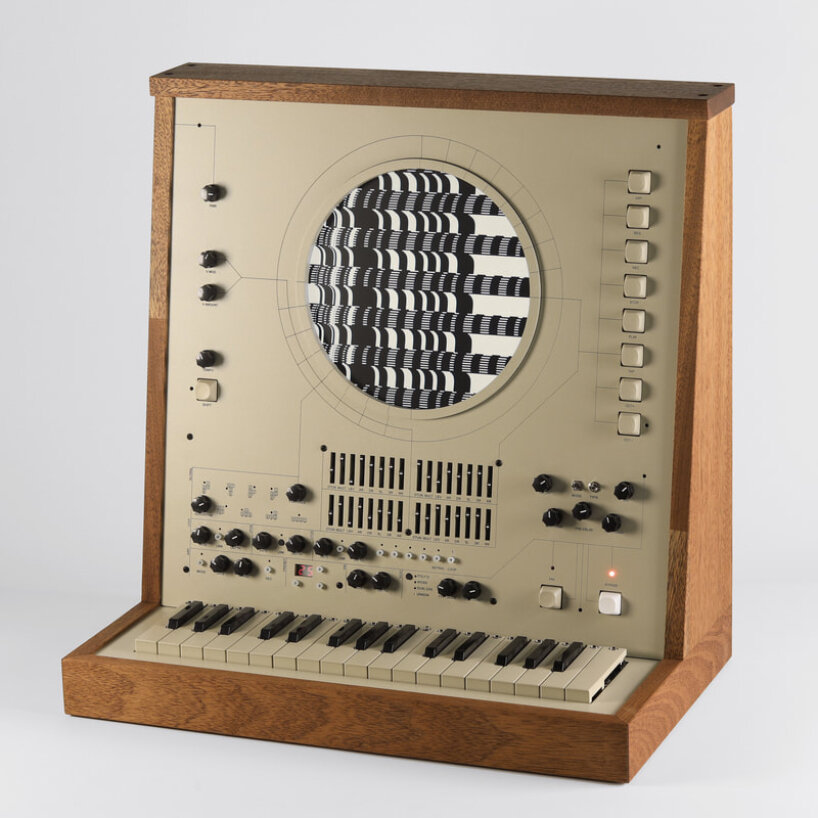
the Swedish audiovisual artist and woodworker handcrafts snythesizes and game consoles
DB: Your works have a very playful, retro-futuristic aesthetic. What have been your key sources of inspiration that developed this visual language?
LH: Dieter Rams’ perspectives on design have always been a big influence for me, but I’m also very attracted to mystique in general. My pieces are usually based on something I’ve come across recently; an interesting object perhaps — anything that sparks my imagination. I then often scour my mind for function, a purpose that could connect with my visual idea in an interesting way. When I find a satisfactory mix between usability and aesthetics, it’s a go. But I can also work the other way around as well, using function as a design trigger. I play a lot with values and standards, suggesting a different perspective on how to relate and interact with objects. The smashed-up references in my work have a triggering effect I think.
Nostalgia is involved to a certain extent, yes, but it’s not looking backwards. It’s taking steps in different directions simultaneously by using fragments from both past and today, creating unique and balanced objects. I think the blend of past and present is much more interesting than just putting something on repeat.
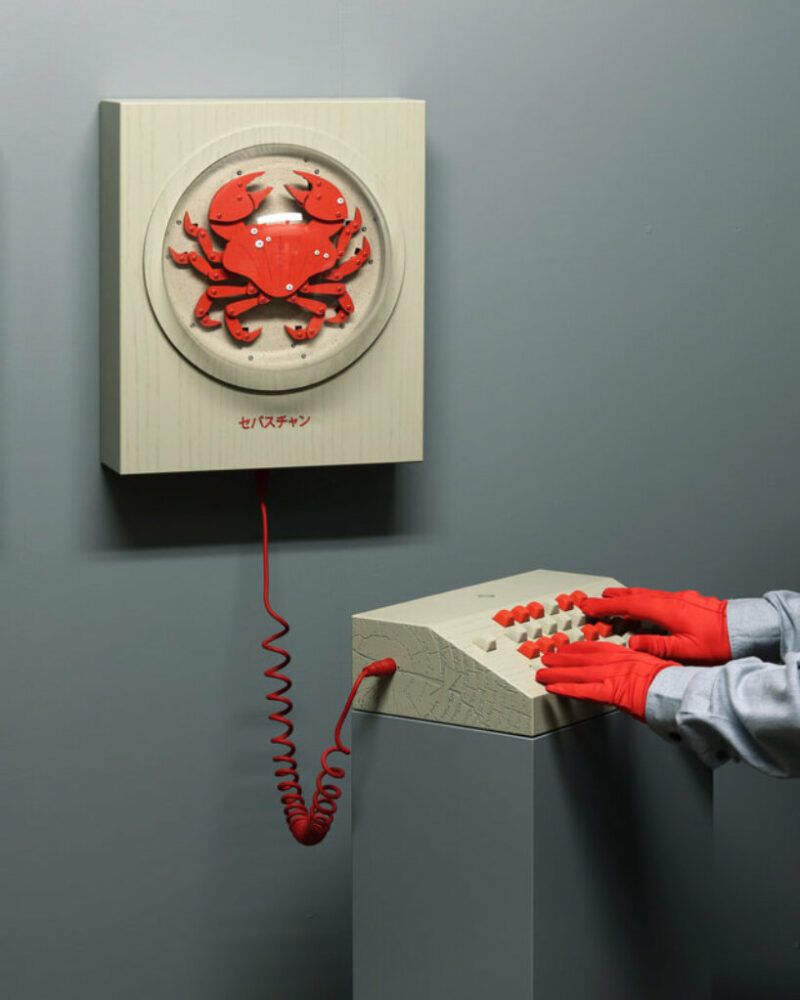
Sebastian — inspired by the voyages of oceanographer Jacques-Yves Cousteau
from biodata to sound
DB: Both Desert Songs and Tegel fuse nature and technology, utilizing biodata to generate sound. What inspired this exploration?
LH: I’ve always had a special love for those bio stations seen in sci-fi movies. They take something very familiar and place it into a strange abnormal context. I wanted to create something inspired by that, a biolab environment. Desert Songs was a big personal project of mine, and something I’ve been into for a while — translating biodata from organic material into audio. The installation translates biodata into MIDI. It’s not magic and the plants are not composing, it’s simply biofeedback creating true organic randomness. Tiny changes in electrical current — the plants act as variable resistors. Cacti were used for this project due to their very sparse and sporadic activity. The cacti garden includes a few different specimens hooked up to probes, and outputs for individual plants can be changed as you go using patch points upfront. I also made a custom MIDI visualizer mimicking chloroplasts under the microscope.
I made a second smaller piece shortly after, Tegel, this time using a small deciduous tree for more bio-activity. I would love to take this concept further in the future, upscaled — Per Kirkeby style.
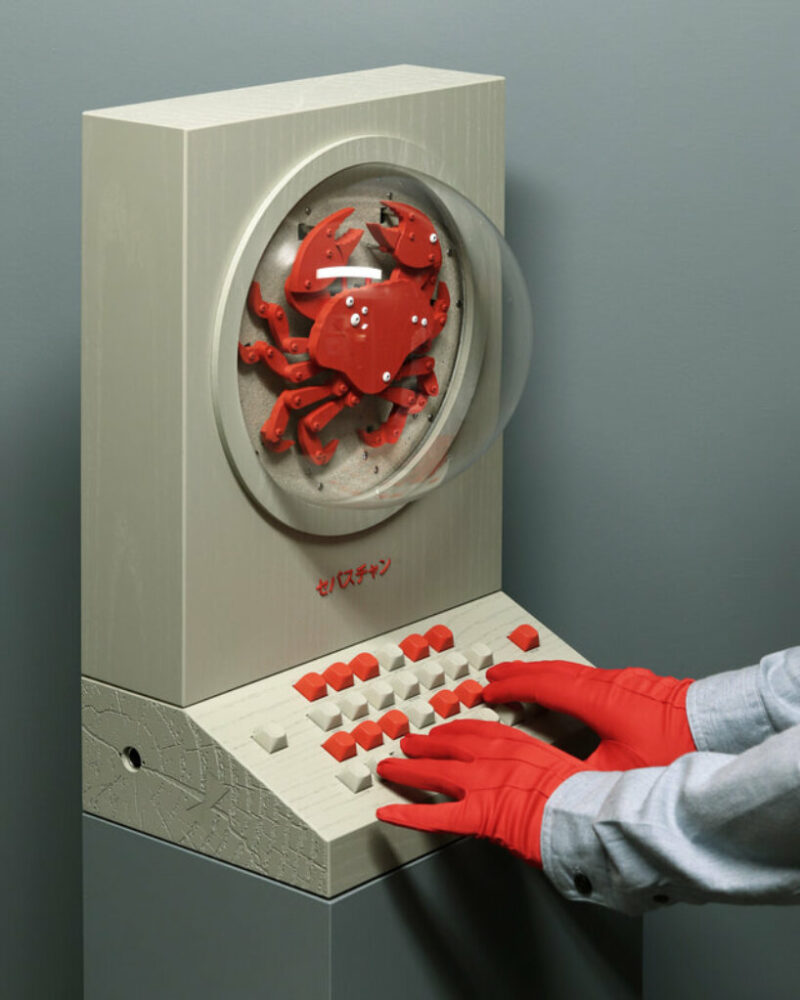
the playful synthesizer is a solenoid concept using MIDI notes as triggers
DB: Can you walk us through the creative process of Sebastian? Which technologies made this happen and how did you ensure to integrate methods of traditional craftsmanship alongside this?
LH: I did a fun commissioned synthesizer a while back. This client in particular was an ex-diver and wanted an oceanic theme, specifically something aesthetically inspired by the voyages of oceanographer Jacques-Yves Cousteau. He wanted some kind of audio visualization as part of the setup and that gave me the idea of a small red crab dancing to the audio. After some thinking I came up with this solenoid concept using MIDI notes as triggers. It was mechanically challenging getting legs and claws to move organically but I eventually got it right. I really liked that small crab, and knew I wasn’t done. I started to design a more dedicated crab synth shortly after. Smaller synth, bigger crab. I named it Sebastian (The Little Mermaid). The casing is made from sheet stock composite wood, then garnished with fake wood grains using a laser engraver. I’m basically mimicking hardwood using residues from the hardwood industry, that’s a circle of life right there.
tactility and traditional craftsmanship in the digital age
DB: By integrating analog, tactile elements into your works you create a more personal, multi-sensory experience. How do you see this approach fostering a deeper connection between the audience, your art, and technology — particularly in a digital landscape where interactions are often confined to screens?
LH: There’s a lot of consumer based nostalgia in the western world right now, but I also think a lot of people today are in need of tactility, something genuine to lay our hands on. Surrounded by throwaway excess touch screen products and desperately craving the latest phone model, I think we’ll develop a craving for handcrafted and tactile objects. The instant feedback we get when interacting with something physical connects all the right dots in ways a digital interface never could.
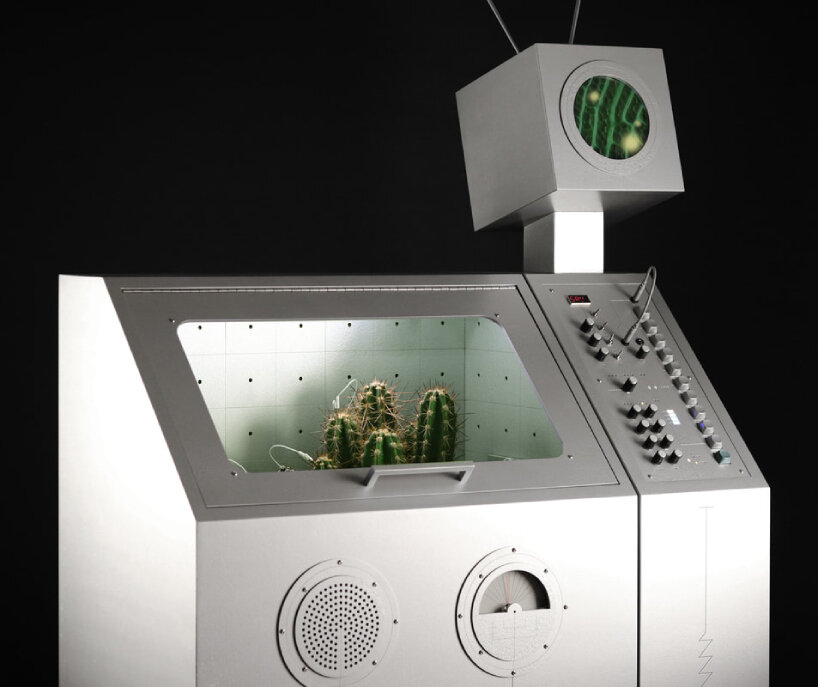
Desert Songs uses Plantwave – a small device that translates biodata from organic material into MIDI
DB: With mass production and digital fabrication prevalent in the digital age, what draws you to handcrafting your pieces?
LH: I’m quite inspired by mid-20th century concepts, when we had a different view on quality and craftsmanship. Material knowledge in combination with accomplished execution. For instance, using a material that grows a unique patina without regular maintenance and daily care extends the expiration date of a product: it will breathe through time, rather than get suffocated by it. I’d like to be part of creating objects that sparkle and live on through generations.
DB: What can we expect from the new piece that you’ll be unveiling at Sonar+D?
LH: I’m still figuring that out. I have a visual idea, but still working on the concept around it. You’ll just have to wait and see.
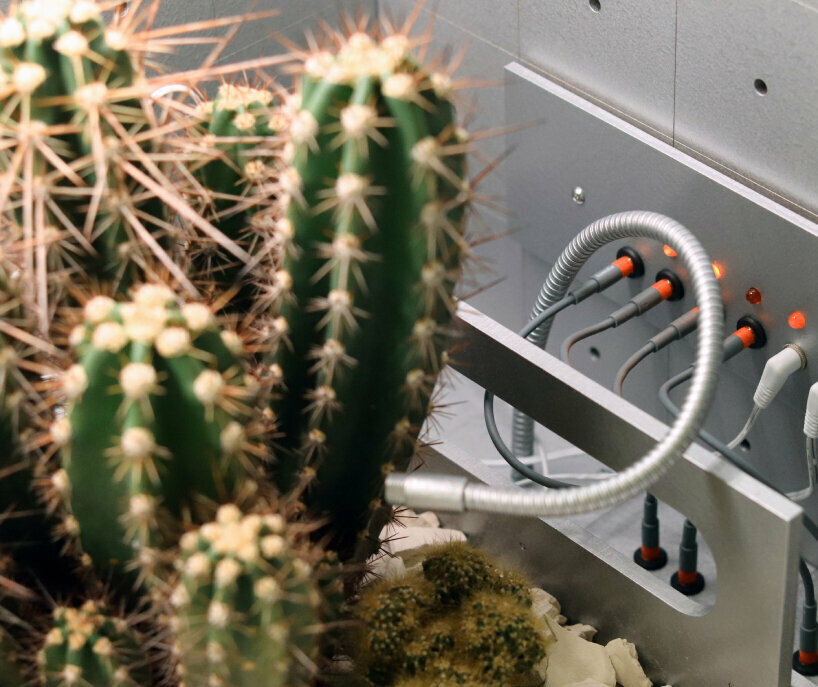
‘it’s biofeedback creating true organic randomness’
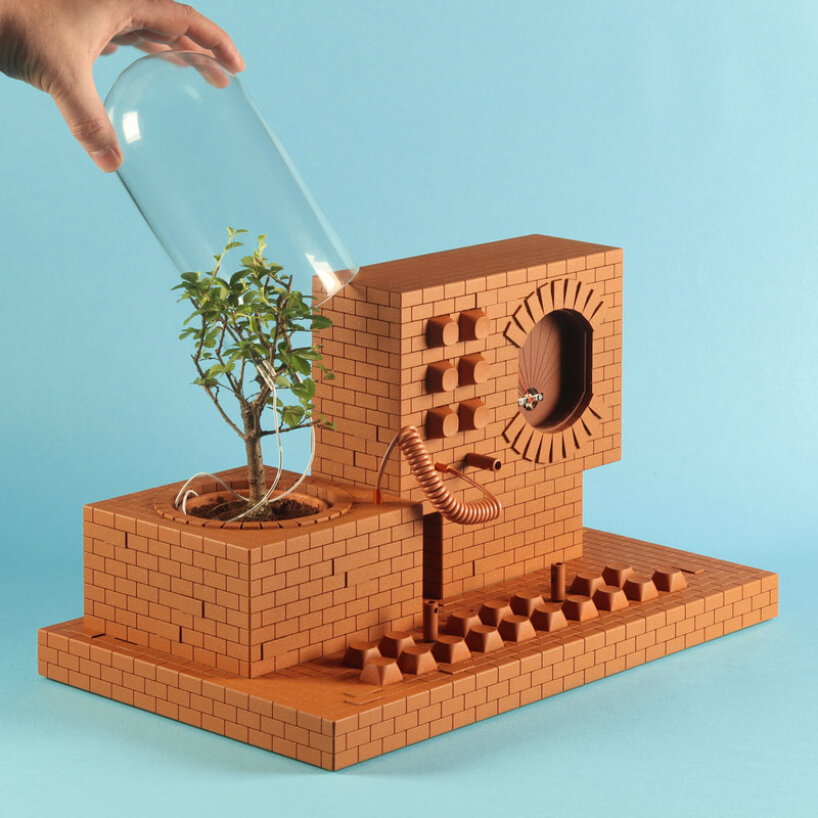
Tegel fuses nature and technology
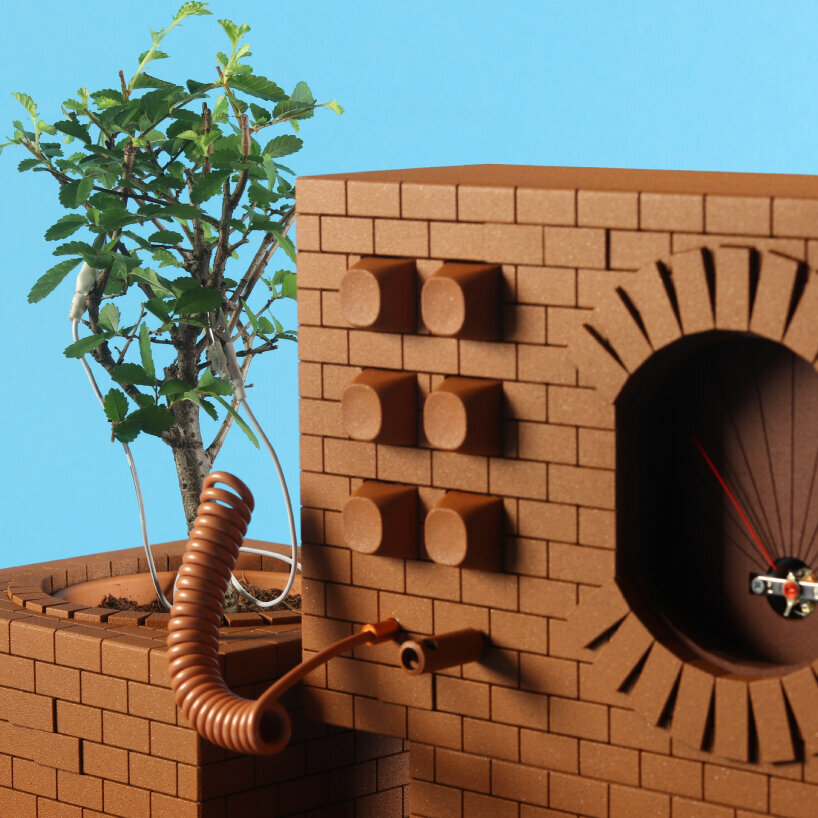
the device uses a small deciduous tree for bio-activity
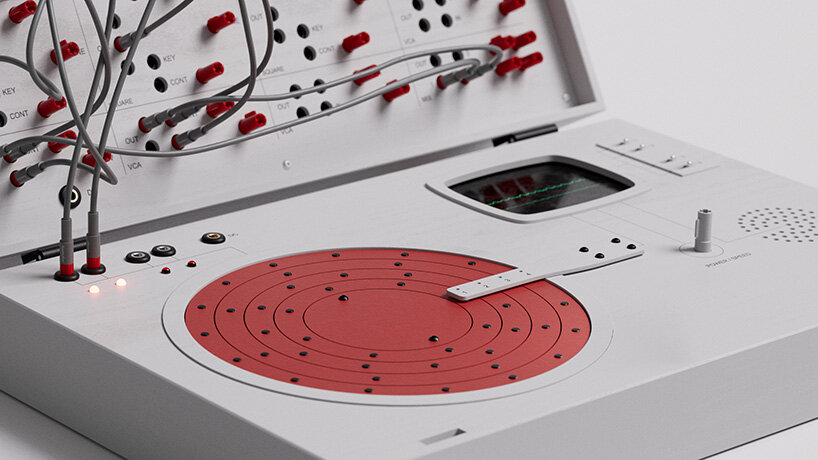
CHD-4 drum machine turns patients’ heartbeats into rhythmic soundscapes
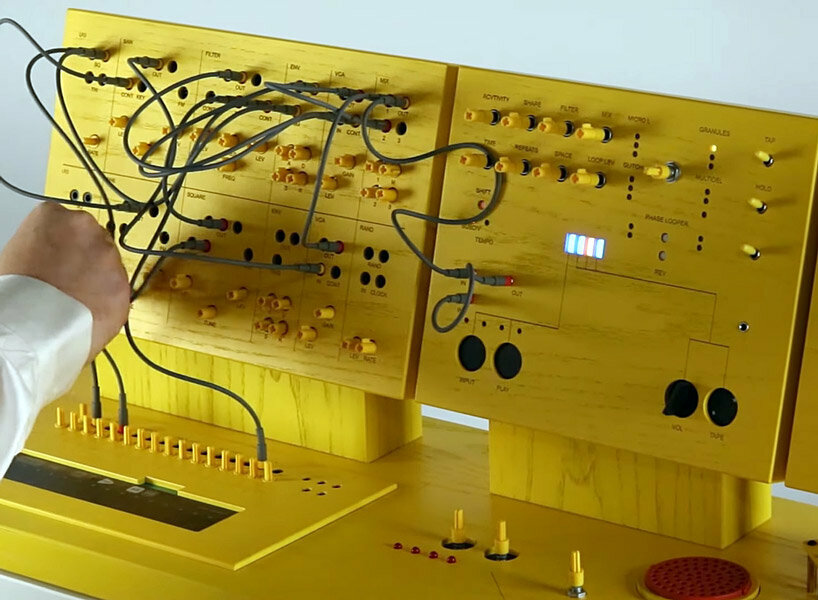
sound machine TE-LAB is a custom-built sequencer made from wood-like modules
project info:
artist: Love Hultén
designboom is presenting the sound machines and synth works of Love Hultén at Sónar+D from June 13th to 15th, 2024, in Barcelona – read more about the program here.
happening now! step inside highsnobiety’s not in milan: classics reinvented – where design’s past meets its future – as designboom previews the show ahead of milan design week 2025.
